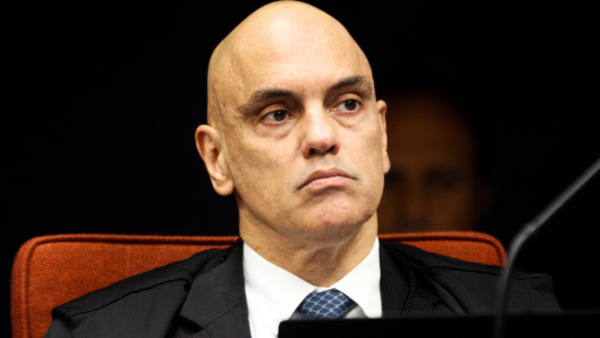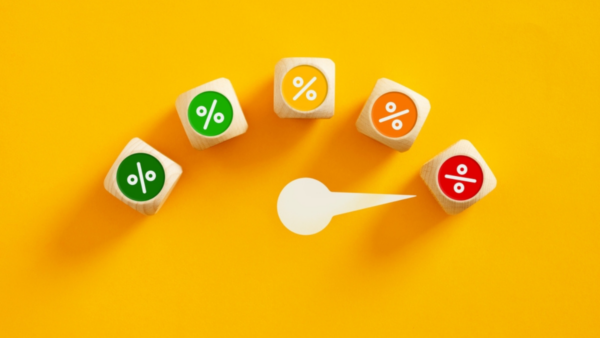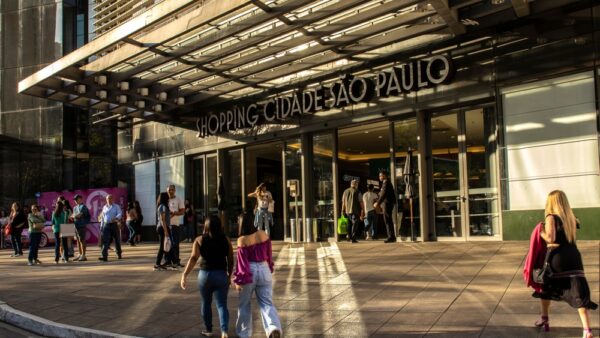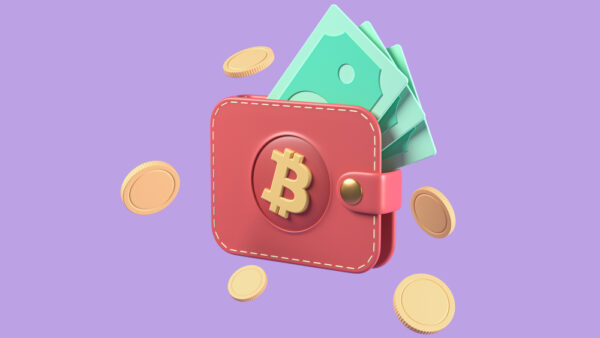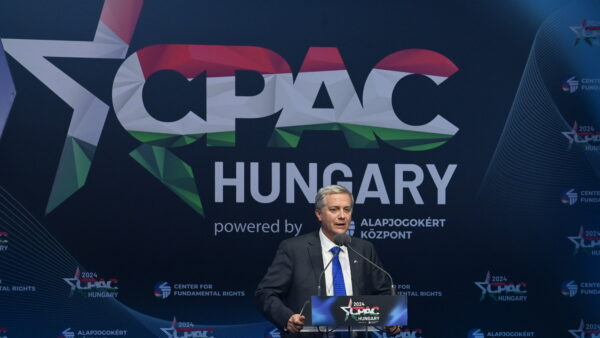The Brazilian Central Bank’s economic activity index (IBC-Br), considered a reliable indicator of GDP growth, contracted by 0.15 percent in March, less than market expectations. In Q1 2023, however, activity increased by 2.41 percent.
In 12 months, the IBC-Br rose 3.31 percent. Due to constant revisions, the indicator accumulated in 12 months is more stable than the monthly measurement and also ends up being closer to real GDP.
The monetary authority does not break down the data in the index, so it is not possible to know the details of the reading behind the estimate. At first glance, however, the activity recorded in March seems to be in line with the latest economic data, which showed that key sectors such as retail, services, and manufacturing have resumed their growth trajectories.
In addition, the agricultural sector — which typically accounts for about a third of the country’s GDP — is also performing well in these first months, aiming at delivering a record harvest, 14.8 percent larger than the previous one, at 302.1 million tons, according to the IBGE national statistics institute.
But it may be too early to know if the economic slowdown seen in the last three months of 2022 is behind us.
In Q4 2022, the IBC-Br recorded a decline of 1.42 percent compared to the previous quarter, and the actual GDP for the period as measured by IBGE fell by 0.4 percent — an expected outcome given the country’s high interest rates, the consequent rising cost of credit, and the loss of dynamism in the labor market.
The current monetary tightening cycle began in March 2021, after the Selic benchmark interest rate reached its all-time low of 2 percent per year. Twelve consecutive increases followed, and since August last year, the Selic rate has been frozen at 13.75 percent per annum — the highest since January 2017.
But according to central banker Roberto Campos Neto, policymakers still need to prove that inflation is converging toward the target range of 1.75 to 4.75 percent before the monetary authority changes its mind.
As became apparent in the latest minutes of the Monetary Policy Committee meeting, their analytical models still don’t show anchored expectations, i.e., a consistent downward trend in prices. Until that happens, no cuts in the country’s benchmark interest rate can be expected.
Brazil’s actual GDP numbers for Q1 2023 will be released on June 1, according to the IBGE. Yesterday, Finance Minister Fernando Haddad revealed the government’s new economic projections.
The Luiz Inácio Lula da Silva administration now expects the country’s GDP to grow 1.9 percent this year, up 0.3 percent from March’s estimate, while projecting an annual inflation rate of 6.03 percent for 2023 — way above the target currently set at 3.25 percent, with a 1.45 percentage-point tolerance band.

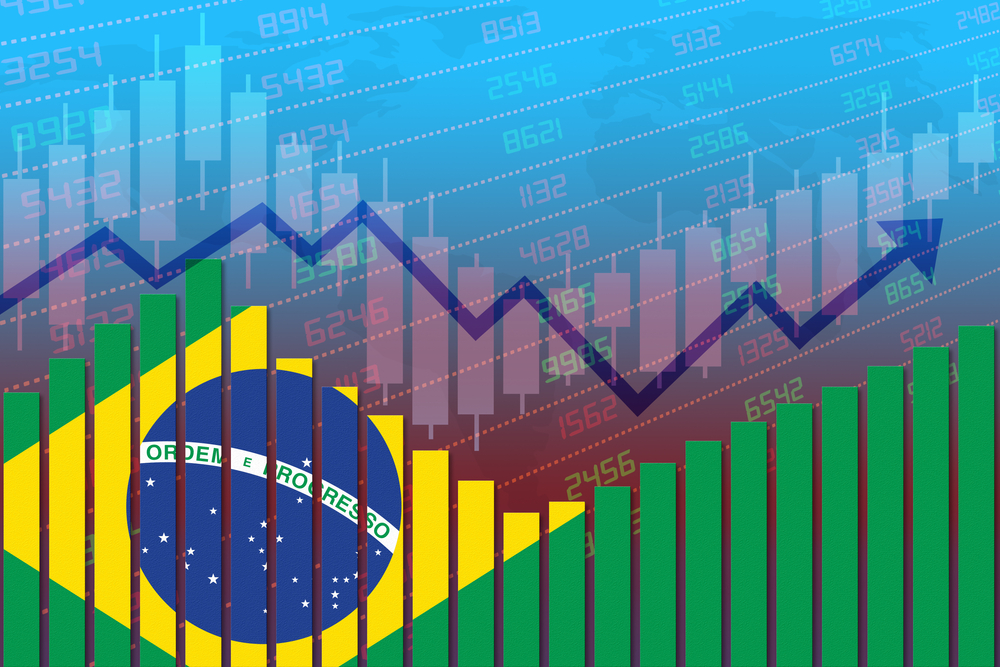
 Search
Search




